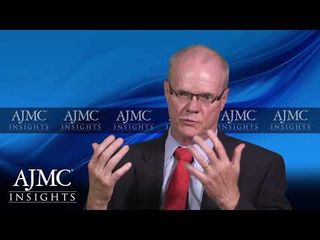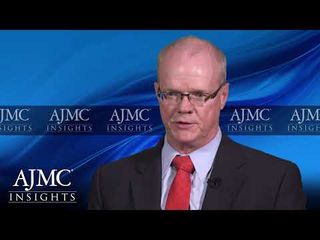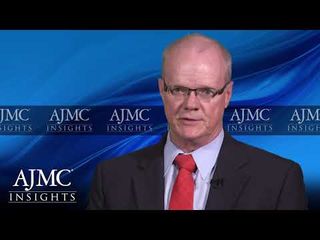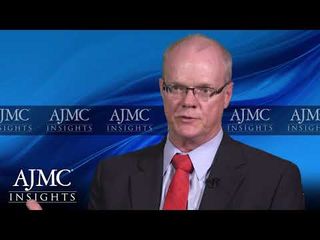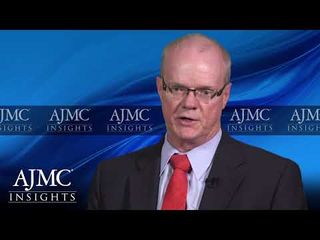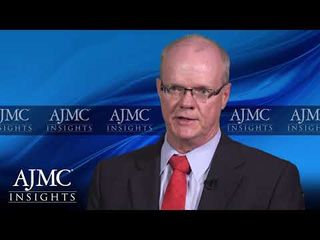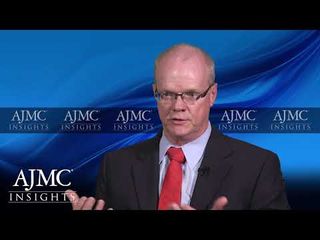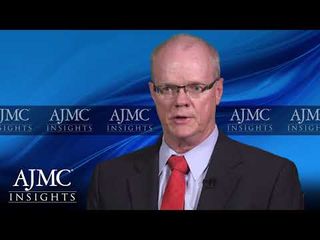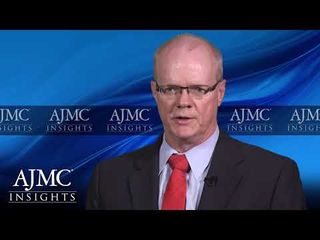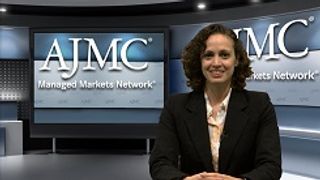
Insurance
Latest News
Latest Videos

CME Content
More News

The measure is designed to end surprise medical billing and balance billing, taking the first step to implement the so-called No Surprises Act that passed Congress at the end of last year.

The head of AHIP sat down with a senator and 3 health care executives for a conversation about payment and access issues at the organization's 2021 Institute and Expo Online.

Mean in-network commercial allowed amounts and charges per anesthesia conversion factor are 314% and 659% of traditional Medicare rates, respectively. Medicare Advantage payments align with traditional Medicare prices.
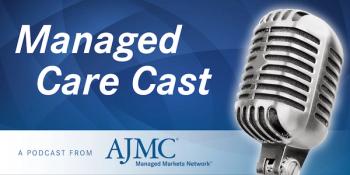
On this episode of Managed Care Cast, we speak with the author of the annual PwC Behind the Numbers report, which looks ahead at medical cost trends in the United States.

This study evaluated cost and utilization attributed to members enrolled in a health care program with no pharmacy co-pay. Health care savings were identified in addition to medication adherence improvements.

Hospital performance measures, such as prices and costs, are associated with hospital-insurer contract types.
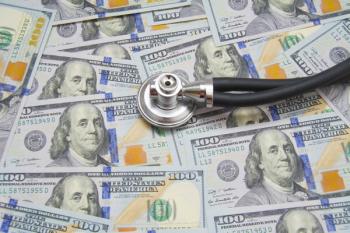
A new study from Milliman investigated the potential financial impact if H.R.3, the Elijah E. Cummings Lower Drug Costs Now Act, was fully implemented.

United States to buy and donate 500 million COVID-19 vaccine doses to the world; an FDA advisor resigns over a controversial Alzheimer drug approval; Nevada becomes the second state to offer state-managed health insurance plans.

In this episode of Managed Care Cast, we speak with a coauthor of an article in June’s Health Affairs examining the racial and ethnic composition of beneficiaries in Medicare Advantage plans and the potential implications as the program continues to grow.

As the cost of therapies increases, US health plans are utilizing tools like step therapy, to ensure patients try cheaper alternatives first, and value assessment frameworks, to assist with the decision-making process.

Results of a qualitative study outline widely held cost considerations regarding diabetes technology in the type 1 diabetes (T1D) community.

When patients had the option of using prescription digital therapeutics, their insurers and employers saved significant money in both direct and indirect medical costs, the 2 studies found.

Although most Medicare Part D plans cover guideline-recommended outpatient chronic obstructive pulmonary disease (COPD) inhalers, the utilization controls applied to these therapies vary by plan type.

Dupilumab is effective for atopic dermatitis, asthma, and chronic rhinosinusitis with nasal polyps, but a recent presentation noted the payer challenge in placing the biologic in an optimal tier.

William Shrank, MD, MSHS, the chief medical officer of Humana, discusses how the company is trying to overcome any vaccine hesitancy both in its workforce and in its insured member population.

A survey by West Health and Gallup found that Black workers and those making less than $48,000 in the United States were more likely to stay in unwanted jobs out of fear of losing their health benefits.

At a session at the National Association of Managed Care Physicians Virtual Spring Managed Care Forum, an Aetna executive discussed how one employer used the payer's data to see how its workforce was affected by social determinants of health (SDOH).

For Alberta and Green Shield Canada, savings are beginning to add up from switching initiatives for multiple reference biologics.

On this episode of Managed Care Cast, we speak with the chief strategy officer for Well Being Trust, one of the authors of a recent report about how well health insurers and state Medicaid programs are covering mental health care for children and compliance with federal law. We discuss the unique challenges that youth face, the health disparities, racism, and community trauma that has been experienced in the past year, and some creative ways that organizations and communities can consider increase access to mental health supports.

Given that some patients may need to travel out of state to access CAR T sites of care, some may not have a clear understanding of their insurance benefits, including requirements for out-of-state or out-of-network treatment, as well as adequate assistance with the costs of medical-related travel.

A poster at the Academy of Managed Care Pharmacy 2021 meeting examined the impact of high-deductible health plans (HDHPs) on access to health care and resource use in the United States and the interaction of race, ethnicity, and income.

The bipartisan bill spells out 5 step therapy exemptions for patients by amending the Employee Retirement Income Security Act of 1974.

As the first quarter of 2021 ends, patients choosing to keep using secukinumab may be offered an inducement to switch to another biologic, ixekizumab.
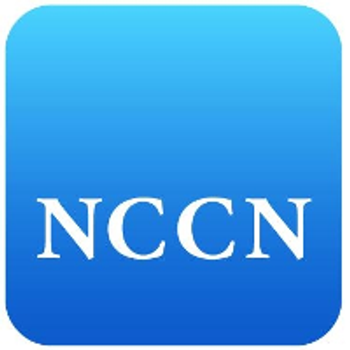
Pharmacists from the Cleveland Clinic discuss the impact of payer dispensing requirements, known as white bagging and brown bagging, on oncology practices and on patients.

The study examined the cost to Medicare when patients with end-stage renal disease switched from their employer-based health insurance to Medicare between 2007 and 2017 before the end of the 30-month coordination period.





